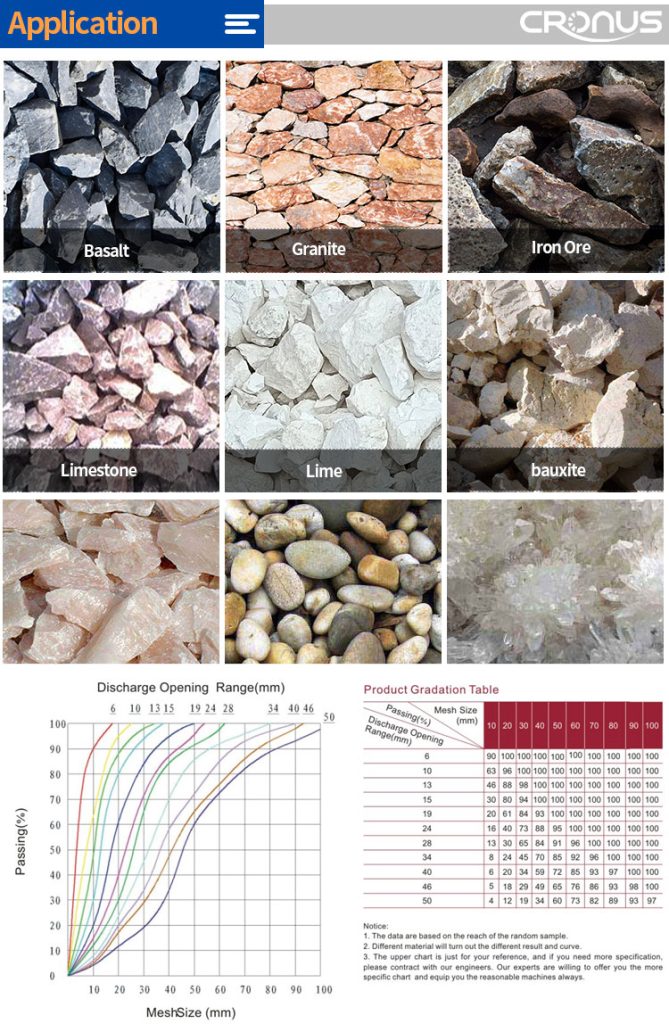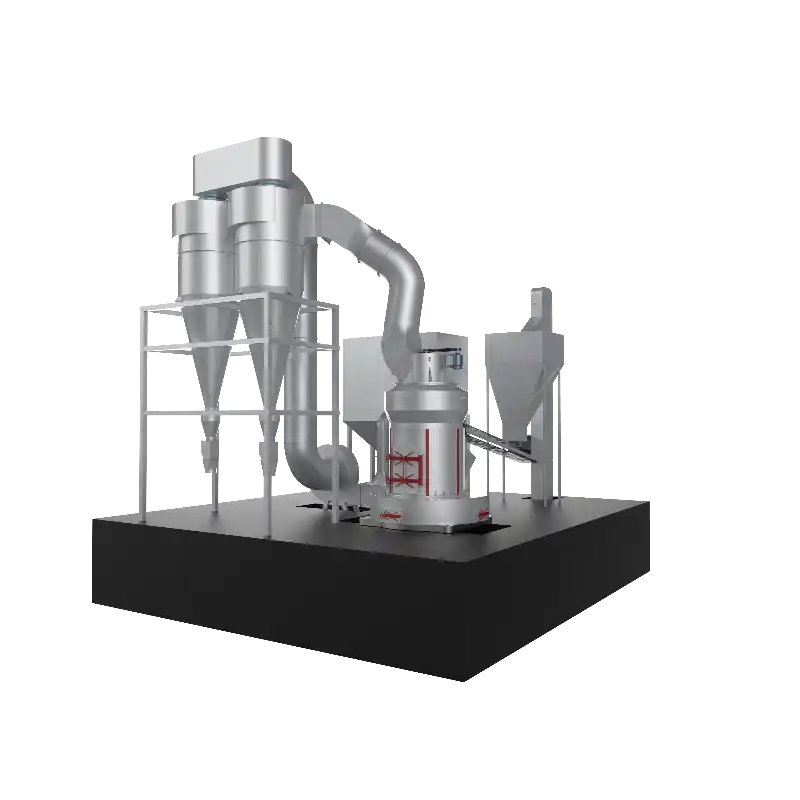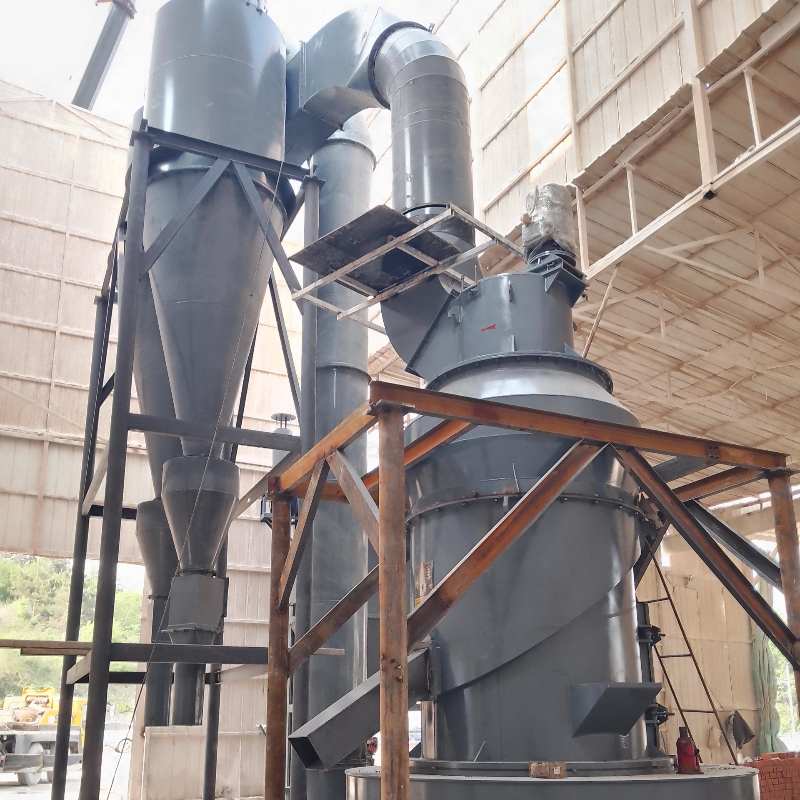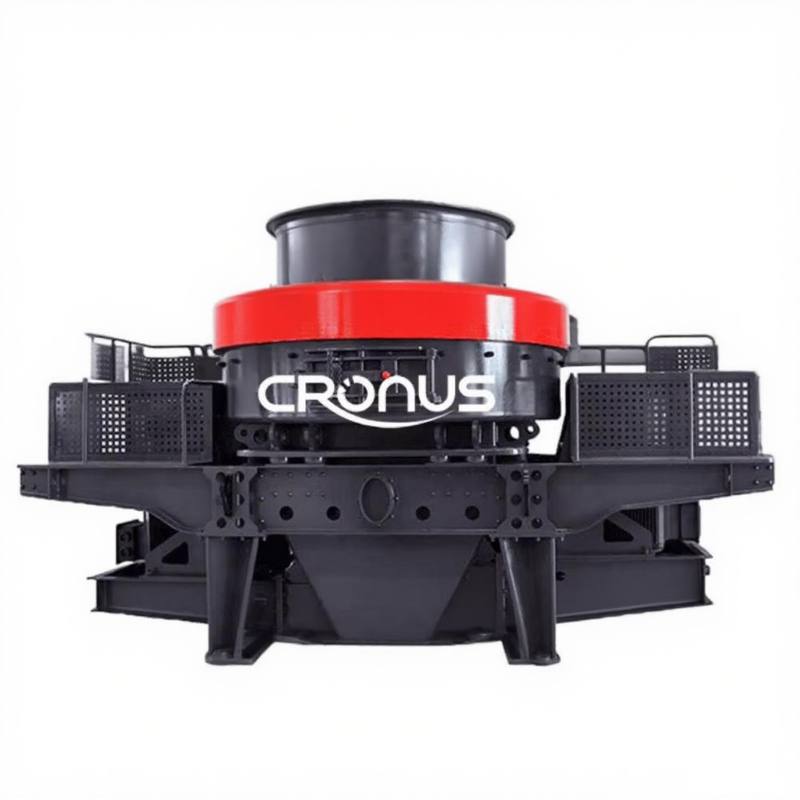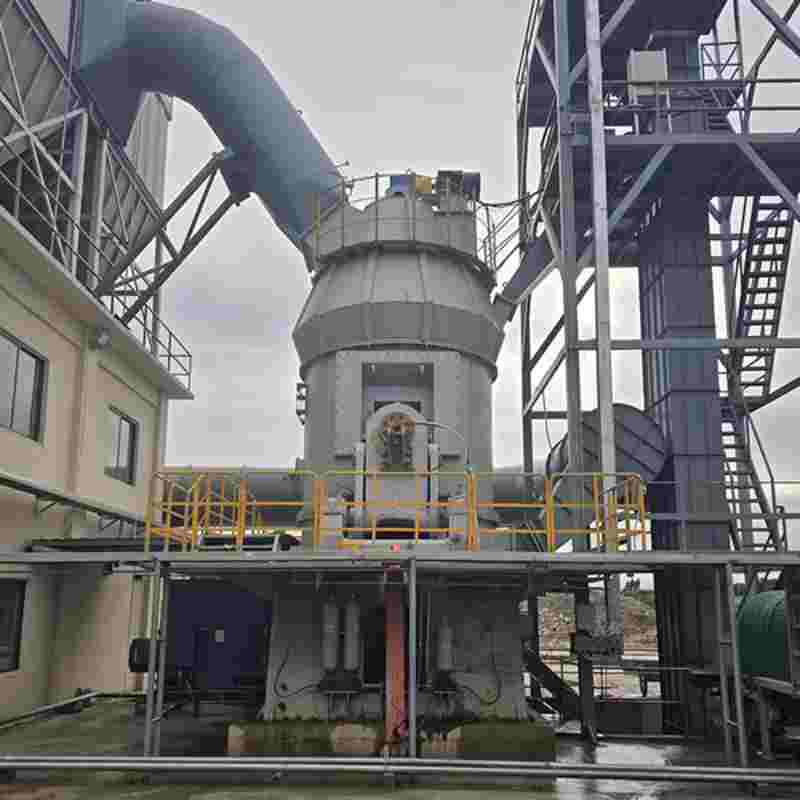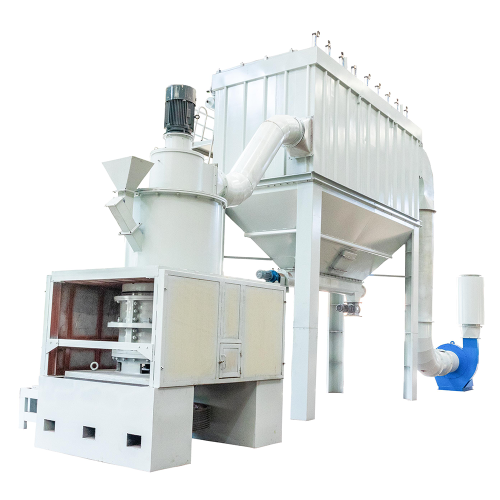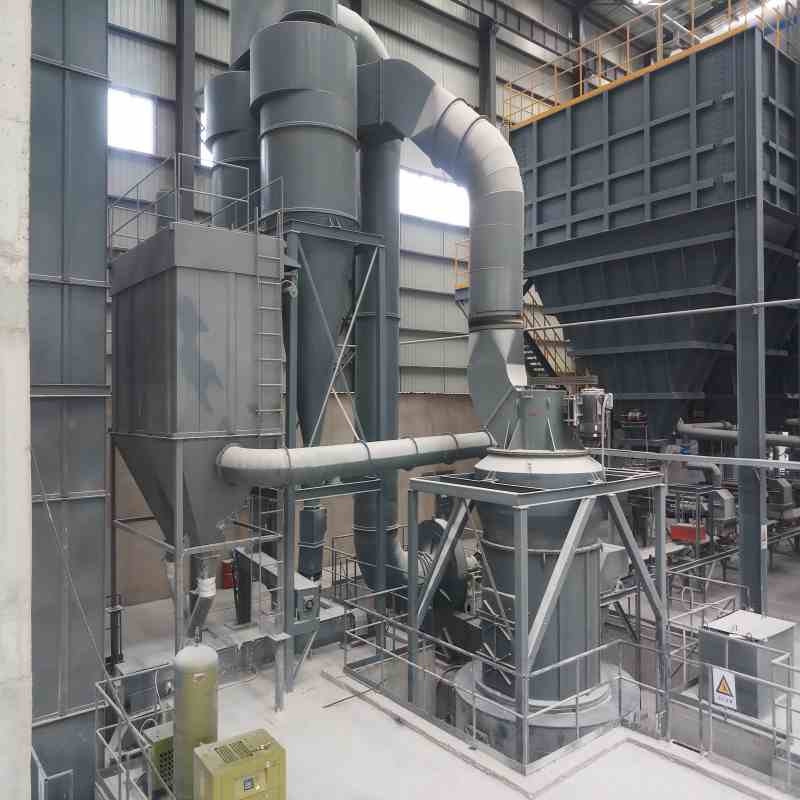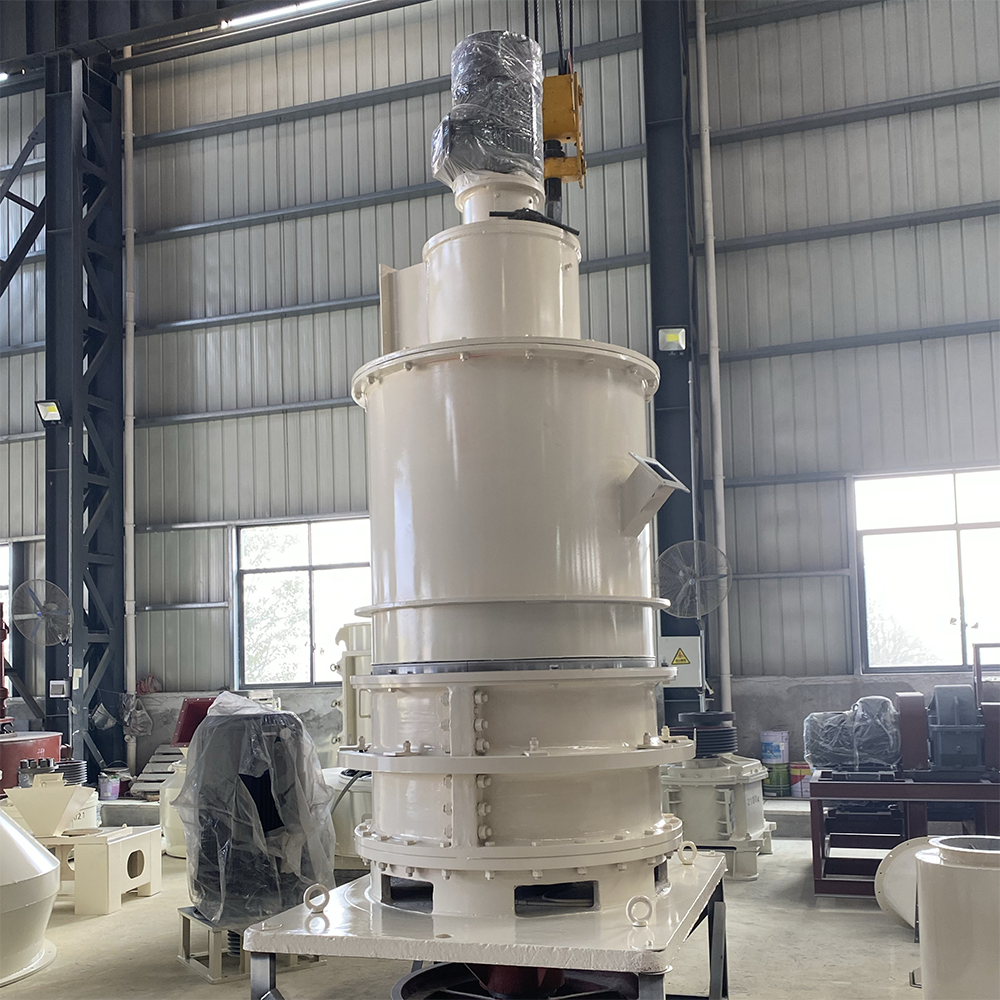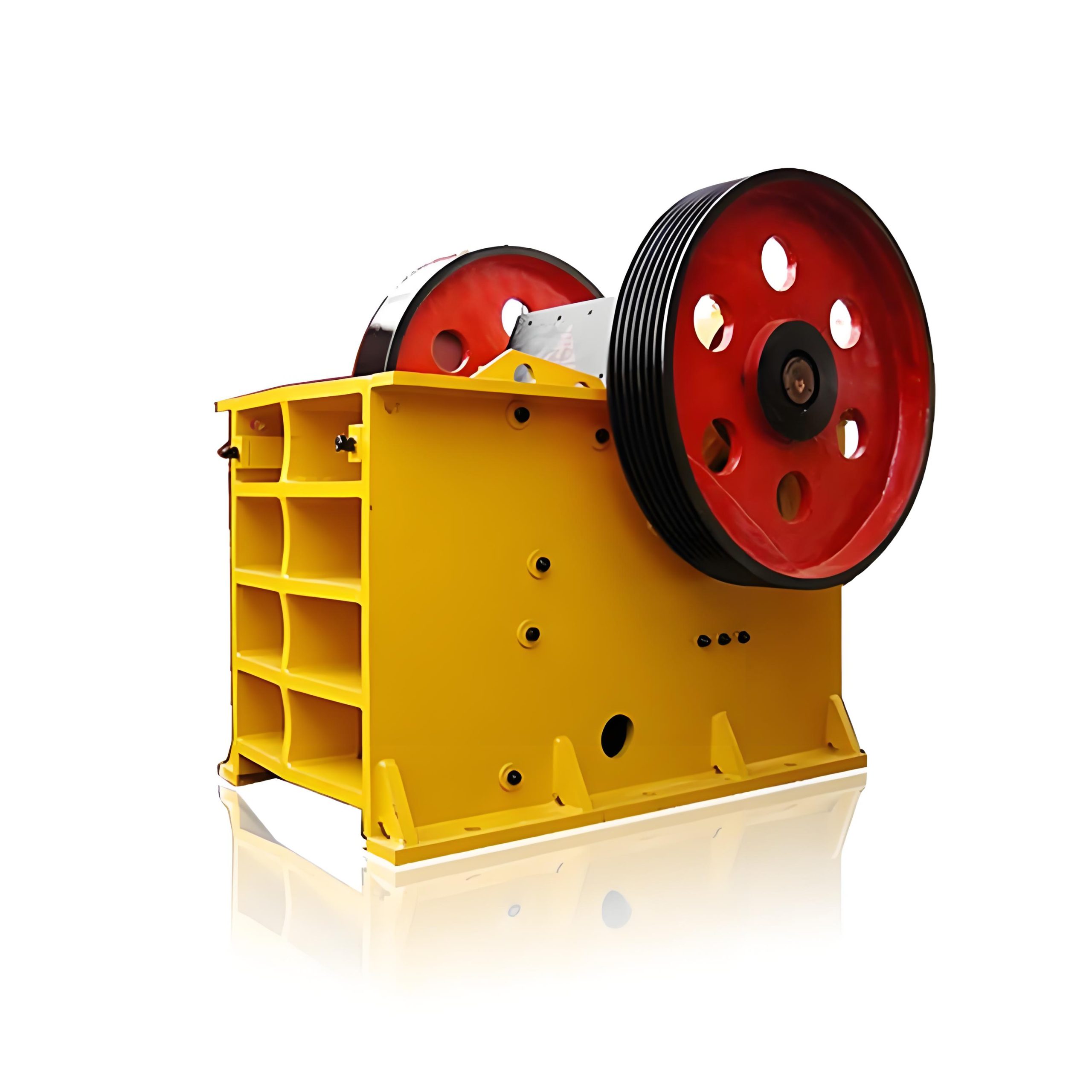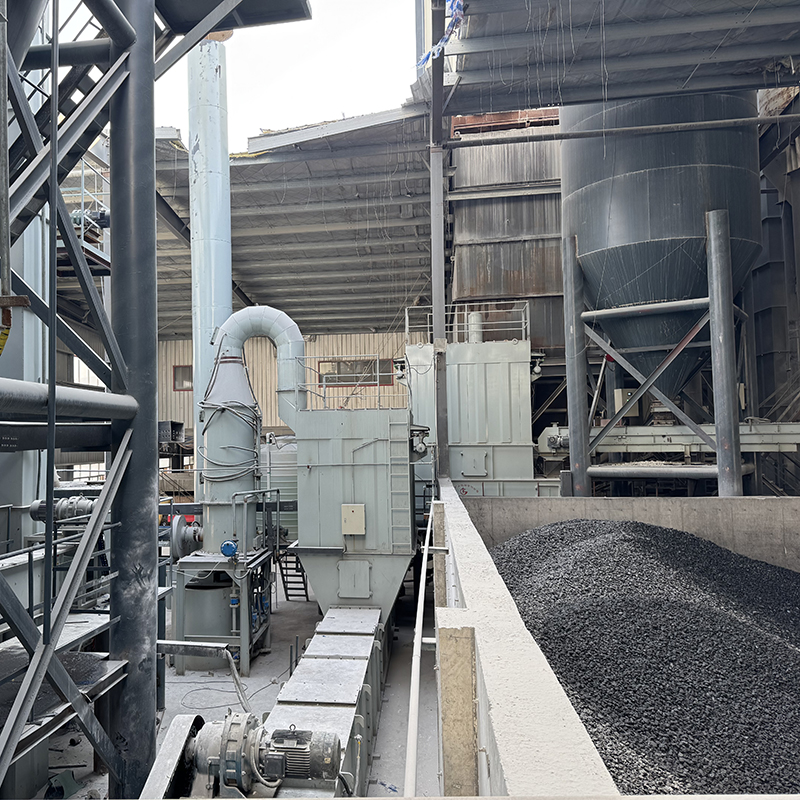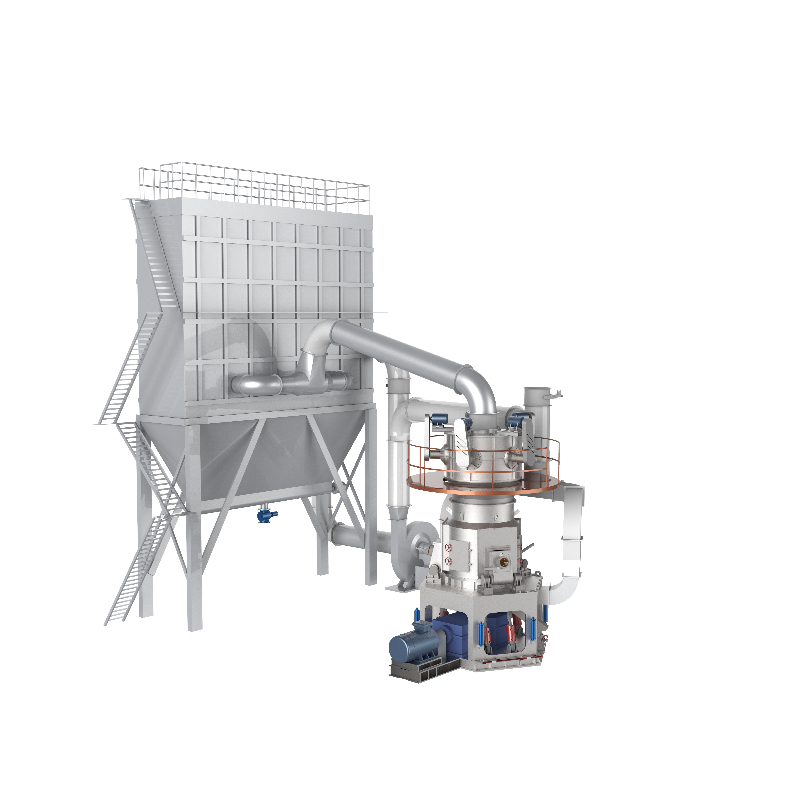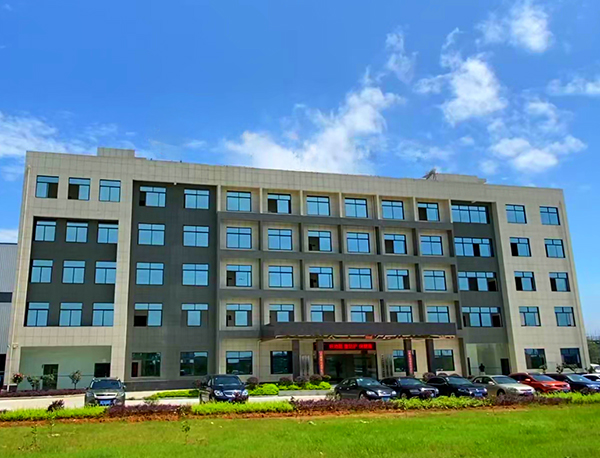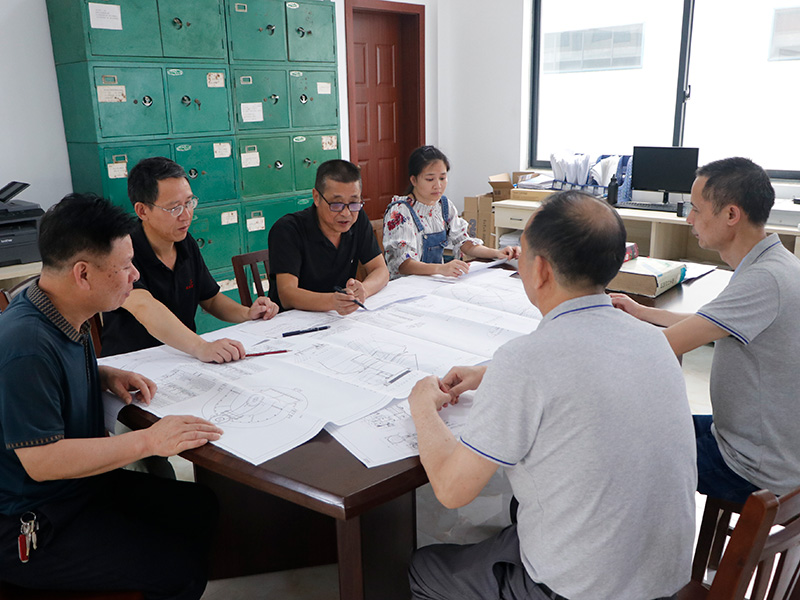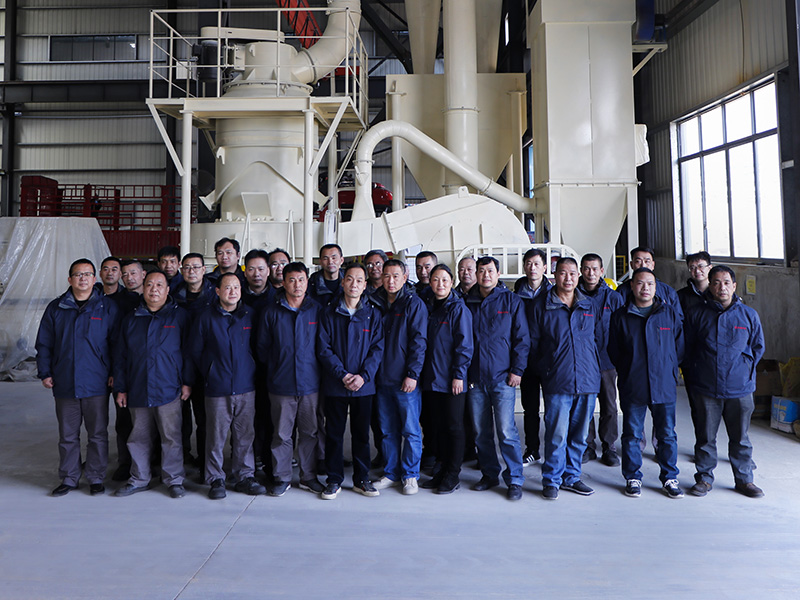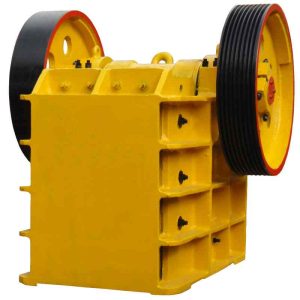
When operating a crusher, pay attention to the following:
Check for any unusual internal noises.
Check that the machine is running smoothly and that the stone is flowing in and out freely.
Check that the oil pump is operating, and that the oil flow indicators, oil temperature, and oil pressure are normal.
Test the crusher to see if the following parts meet requirements:
The temperature of the oil discharged from the cooler is typically 45-53°C.
The return oil temperature is below 60°C.
The oil supply pipe pressure is 0.08-0.15 MPa.
The crusher should inspect, adjust, or replace the following parts:
Check for loose fasteners, if any are tight.
Check for loose or worn gaskets. When the liner is worn to a certain degree, the output particle size becomes coarser. If the cylinder liner is severely worn.
Precautions for Crusher Operation
To ensure proper operation and maximize machine uptime, pay attention to the following:
Before operation, check the lubrication system and damaged areas, adjust the belt tension, and tighten all screws. After starting the oil pump motor for 5-10 minutes, check the lubrication system. If normal, start the main motor.
The machine should run at no load for 1-2 minutes before feeding. Since the rotary machine is fully loaded with material, it is important to ensure proper feeding, especially with muddy or high-water content rock, to prevent rock from clogging the feed port. During operation, check and drain the material carefully. Do not allow rock to accumulate in the space below the sealing system.
During a normal shutdown, the feed system should be stopped first. Only after all rock has been removed from the crusher can the main motor be stopped. After stopping, check the oil pump motor and every part of the machine, and address any issues immediately.
The above is the operating procedure for the crusher. Only after the operator has fully understood the operating procedure can they proceed with equipment commissioning according to their intended use and also take appropriate action.
